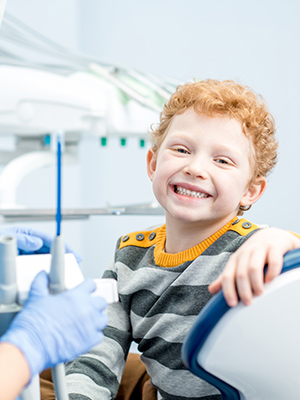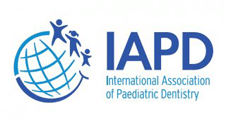Patient Management Techniques
All efforts will be made to obtain the cooperation for dental treatment from your child including warmth, friendliness, persuasion, humor, charm, gentleness, kindness, and understanding. There are several behavior management techniques that are recommended by the American Academy of Pediatric Dentistry. These techniques are used by pediatric dentists to gain cooperation of children, eliminate disruptive behavior, and prevent patients from causing injury/harm to themselves or others.
1) Tell-Show-Do: The dentist or the assistant explains to the child what is to be done using simple terminology and repetition. They show the child what is to be done by demonstrating with instruments on a model or the child’s finger. The procedure is then performed in the child’s mouth as described. Praise is used to reinforce positive behavior.
2) Hand Holding/ Passive Restraint: The assistant may hold the child’s hand during a procedure or lay their hands over the child’s to remind child not to reach up to their mouth or grab at the dentist’s hands.
3) Positive Reinforcement/Verbal Praising: This technique rewards the child who displays any desirable behavior. Rewards include compliments, encouragement, praises, or a prize.
4) Mouth Prop (tooth pillow): A soft, rubber device used to assist the child in keeping their mouth open during a procedure.
5) Voice Control: The attention of a disruptive child is gained by changing the tone or increasing the volume of the dentist’s voice. The content of the conversation is less important than the abrupt or sudden nature of the command.
6) Knee to Knee: Used to deliver dental treatment to babies, uncooperative toddlers, and young children. The technique refers to the positioning of the child facing towards the parent/caregiver with the legs around the parent/caregiver waist. The parent/caregiver and the dentist sit in chairs facing each other with their knees touching. The child leans back into the lap of dentist while the parent/caregiver gently holds the child’s hands.
7) Immobilization: Only used with parental assistance and verbal consent. The dentist/assistant will assist the parent in gently protecting the child from movement by holding the child’s hands, upper body, legs, or stabilizing the head.
8) Nitrous Oxide (laughing gas): Only used with additional written parental consent. Nitrous oxide is administered to relax the child for dental treatment. Nitrous oxide is given through a small breathing mask which is placed over the child’s nose, allowing them to relax, but without putting them to sleep. As soon as the mask is removed, the effects of the nitrous oxide diminish within five minutes with no lingering side effects.
9) Protective Stabilization (papoose board): Only used with additional written parental consent. These are restraining devices for limiting the disruptive child’s movement to prevent injury and to enable the dentist to provide necessary treatment. The child is wrapped in the device while lying on a reclined dental chair. This can be used to safely perform necessary emergency dental treatment.






